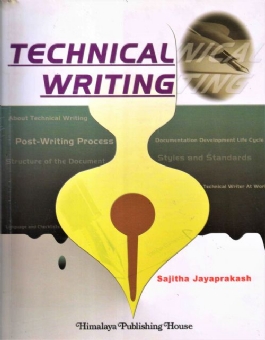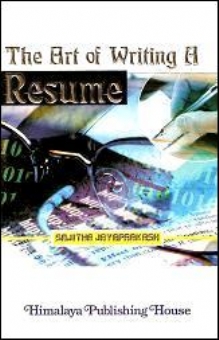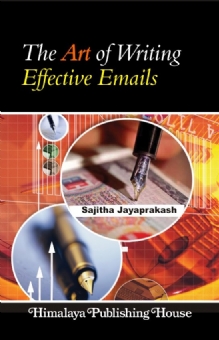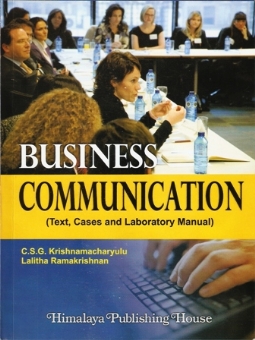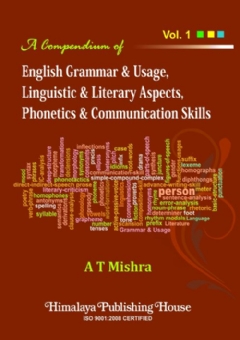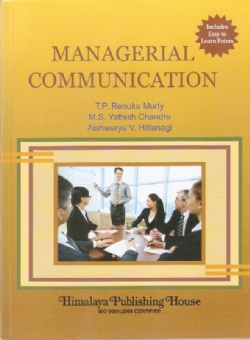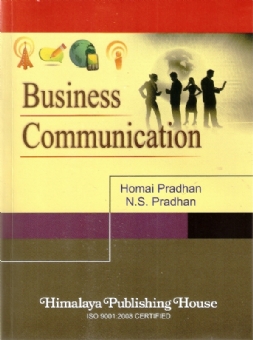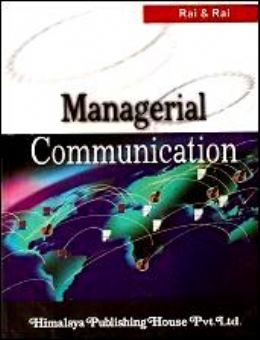Buy Academic Books Online in India | Second-Hand Academic Books
Featured Products
A Compendium of English Grammar & Usage, Linguistic & Literary Aspects, Phonetics & Communication Skill (Vol. I)
₹615.00
M.R.P.:₹ 750.00
You Save: ₹135.00 (18.00% OFF)
A Compendium of English Grammar & Usage, Linguistic & Literary Aspects, Phonetics & Communication Skill (Vol. II)
₹615.00
M.R.P.:₹ 750.00
You Save: ₹135.00 (18.00% OFF)


